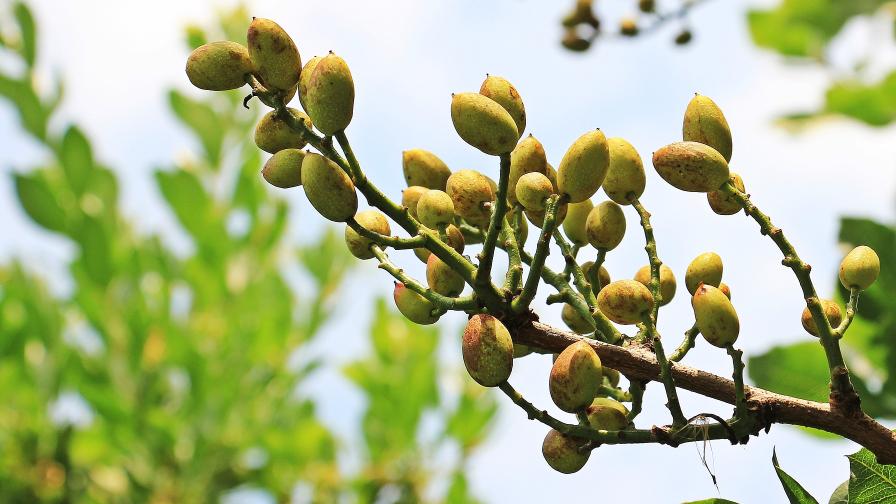Foliar Testing, Fertigation Evaluated On Vegetable Crops In New York
With funding from the farmer-driven Northern New York Agricultural Development Program (NNYADP), Cornell University researchers are evaluating two methods to enhance fresh market vegetable production in Clinton, Essex, Franklin, Jefferson, Lewis, and St. Lawrence counties.
One method involves testing for nutrient levels throughout the growing season; the other is fertigation — the delivery of vital nutrients to crops through drip irrigation systems.
Project leaders say growers who use pre-season soil testing in combination with regular foliar testing (measuring nutrients in plant leaf tissue) throughout the growing season have the opportunity to correct deficiencies before crop yield and quality is damaged.
“A tomato can look perfectly fine, but when you cut into it at harvest you discover the unseen problem that using foliar testing would have alerted you to in time to take corrective measures,” says Cornell Horticultural Sciences professor Dr. Stephen Reiners.
Reiners and Cornell Cooperative Extension Clinton County Executive Director and Horticulture Educator Amy Ivy worked with Cornell University Willsboro Research Farm Manager Michael H. Davis on the research trials planted with tomatoes and peppers in the 30-by-96-foot high tunnels at the farm in Willsboro, NY.
“Although early season soil test results indicated sufficient nutrients, without regular foliar testing, one Northern New York grower was not able to see that a deficiency was developing in his tomato plants until the fruit was damaged. He suffered a heartbreaking loss of a large part of his tomato crop to interior white-wall disorder caused by potassium deficiency. A foliar test late in the season confirmed the lack of potassium, but it was too late to save the crop,” Ivy explains.
“Foliar testing is an insurance policy against crop loss,” Ivy adds.
“The use of foliar testing here showed the need to increase our nutrient application rate and suggested that an even more aggressive fertigation approach would have benefitted the plants. The leaf tissue testing highlighted how essential it is to regularly sample plant nutrient status and to adjust management practices accordingly to optimize crop yields,” says Davis, who managed the research trials on a daily basis at the Willsboro farm.“
Tomatoes and peppers are long season crops. To optimize yield, growers must provide the plants with additional nutrients throughout the growing season. Growers cannot wait until they see a problem to try to fix the deficiency by adjusting the rate of fertigation,” Ivy says.
She adds that some growers who attended day-long workshops on the NNYADP-funded vegetable fertility project are already considering how to add fertigation systems to their farm businesses and that newer growers would like training in how to set up and manage irrigation for vegetable crops.
“Our goal is to get more growers to commit the time to season-long testing as an investment in improving their crop yield, quality, and income,” says project collaborator Judson Reid, a Cornell University Cooperative Extension vegetable specialist. “In my experience, issues such as potassium deficiency need to be corrected before the plant displays symptoms of the problem.”
The two-part Managing Fertility to Increase Yield in Vegetables project report is on the NNYADP website under Horticulture at www.nnyagdev.org.
The total farm gate value for vegetables grown in the six northernmost counties — Clinton, Essex, Franklin, Jefferson, Lewis, and St. Lawrence — exceeds $11 million annually. Accordingly, to the most recent Agricultural Census reports, the number of vegetable farms in the region increased by 60% from 2002 to 2007 with a 38% increase in the number of acres in vegetable production.
The farmer-driven NNYADP selects research, outreach, and technical assistance projects for agricultural interests of all types across New York state’s six northernmost counties. The program receives funding from the New York State Senate with support from the New York State Assembly. The Cornell University Agricultural Experiment Station provided additional funding support for this vegetable production project.










